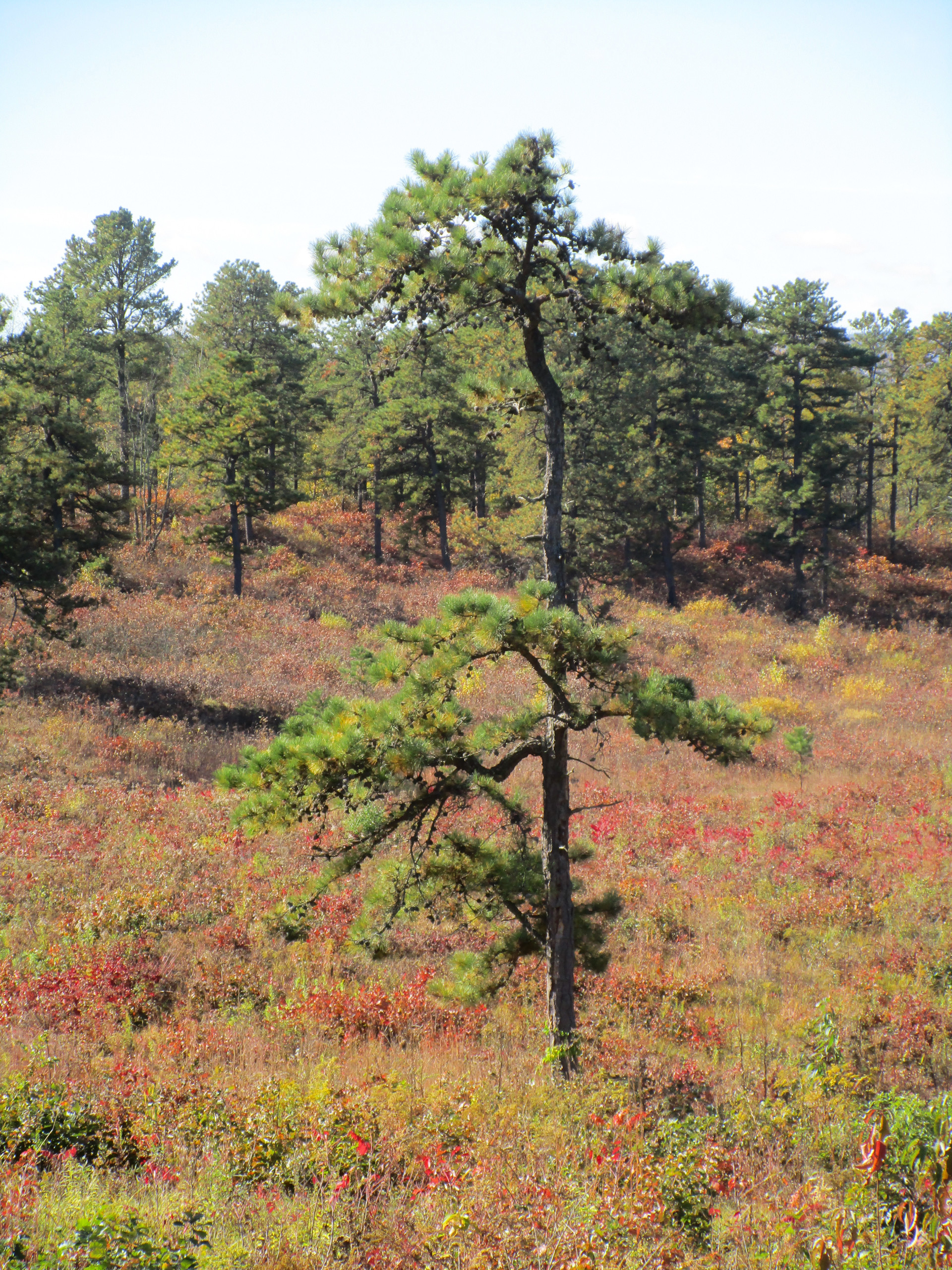ALBANY: The City of Albany has a serious problem: where to throw the garbage. If the City follows the law, and does the right thing, they will not be able to expand the current landfill in the Pine Bush. City officials all seem to want to do the right thing, except when it comes to challenging the garbage.
Face it: no one wants a landfill in their neighborhood. No one. Ask anyone, no one wants a landfill next door. No one wants a waste incinerator. But, everyone wants to make garbage. The US EPA estimates each person in the United States produces 4.5 pounds of waste per day. Using the EPA estimate, and 94,000 citizens of the City of Albany, thats 423,000 pounds or 188 tons a day, 68,620 tons a year.
Dr. George Robinson, Associate Professor of Biology at the University of Albany offered one short-term solution for the garbage problem: mine the old landfill.
In a statement to the Common Council Planning and Economic Development Committee, this is what Dr. Robinson said:
Short- and long-term solutions to Albany’s waste stream load need fuller exploration. A major example can be seen in my own University community, which is probably the largest regular contributor to the Albany Landfill. Our recycling and waste management programs could be improved and better coordinated with the City of Albany, to reduce the volume of trash and thereby extend the effective lifetime of the landfill.
For the intermediate term, which appears to be the focus of great concern for Albany taxpayers, an option exists which has not so far appeared in public discussion. the old, closed section of the Albany landfill (the Greater Albany Landfill or GAL) can be reopened, with its contents processed, recycled, and otherwise reduced. Provided that this option proves suitable, new space would be available for a large volume of sanitary waste, without any need to expand the landfill footprint into dedicated protected areas. This is not radical new technology. For a summary of the costs and benefits, with several real-world examples, see the publication EPA 530-F-97-001 “Landfill Reclamation,” available on the internet.
I see several clear benefits that could result for this approach:
• The 80-acrs GAL is poorly integrated with surrounding natural areas. After decades of post-closure existence, the slopes are weedy and poorly-vegetated, fine soil particles from the original cover have eroded into the native Pine Bush soils, and the surrounding forest appear stunted and sparse, perhaps due to landfill gases in root zones.
• The GAL remains a potential source of contaminants to ground water and to the surrounding Pine Bush ecosystem. It operated during a period of weaker design and management standards. A mining and refilling program would offer the opportunity to bring this section up to higher environmental standards. This would include a full bottom line and methane gas recovery, standards that are met in the currently active landfill section.
• Reusing the GAL will prevent further degradation of the Albany Pine Bush Preserve and allow the restoration and integration of adjacent unused lands into the Preserve as a vital connecting link for wildlife.
• Many materials in the GAL probably have salvage values that can be recovered. Other materials can be sorted and stocked for use as cover material in future filling operations, or compacted to reduce their volume. The GAL began operation in 1970, and was certified for closure in 1991. Thus it is likely that a large fraction of the contents has been in place for the 25-year duration determined by US EPA as the period required for most decomposition to take place in an average landfill.
Reopening the GAL may prove to be an imperfect solution, but I see no reason to reject this option without a thorough investigation into the costs and benefits. A landfill situated inside a “Forever Wild” protection zone is an extraordinary problem, and we should not shrink from extraordinary solutions. The City of Albany ought to begin a feasibility assessment of this option before pursuing its plans to expand the Albany Landfill footprint.
Dr. George Robinson is an Associate Professor of Biological Sciences, UAlbany, and worked on the design and supervision of landfill reclamation research projects.
Printed in the January/February 06 newsletter
